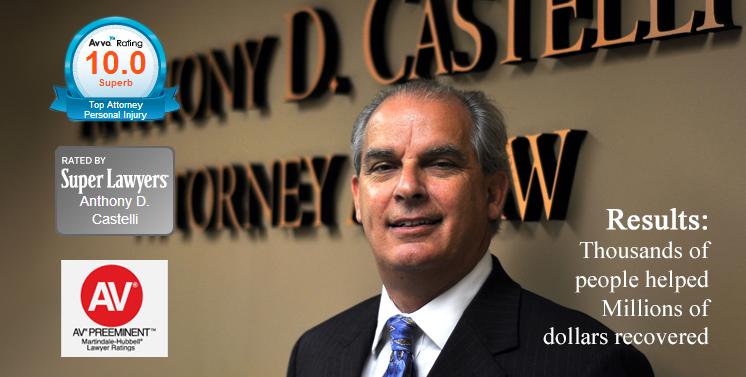Posted: March 14, 2015
Personal injury claims are often appealed to the Hamilton County Court of Appeals also know as the First District Court of Appeals. There are 12 such court of appeals in the State of Ohio. If the Ohio Supreme Court has not or does not rule on the issue, the decision by the Court of Appeals is binding precedent, at least is you are located in that district. This Court sits in Cincinnati, Ohio and has 5 judges although only 3 generally decide a particular case. What follows is a summary, analysis and commentary about a recent slip and fall in a parking lot.
Summary of Easterman vs Speedway
Linda Easterman fell in a parking lot when she trippped over a parking barrier. She argued that it was negligence because it was partially concealled. She further argued that this was not an Open and Obvious condition because of other attendant circumstances such as dim lighting in the parking lot, the color of the barrier, and merchandise blocking the sidewalk to name a few. The Court of Appeals found that this was an open and obvious condition and therefore the possessor of land, Speedway, was not responsible.
Analysis of The Law of An Owner/ Occupier's Fault
In Ohio an owner of premises has a duty to exercise reasonable care to its customers to keep the premises in a reasonably safe condition or to give adequate warning of a dangerous condition. However, there is no duty to protect its customers from conditions which are open and obvious. (1) A hazard is open and obvious if it is not concealed or hidden from view. In some case the "attendant circumstances" may cause a condition otherwise open and obvious to be hidden. So no matter how misguided or how dangerous a owner of land or business owner lets his land become, if it is open and obvious and someone gets hurt the owner is not responsible.
Commentary - The Open and Obvious Doctrine Should Be Over Ruled
This doctrine is misguided as it allows for unreasonable harms to be immune just because someone could see them. What if they had a barbed wire fence in the middle of a store? If someone tripped and fell into it and was seriously hurt the injury would go uncompensated. This also gives little incentive for a store owner to take good care of their premises. Many Courts have overruled this doctrine as archaic and not in line with modern law. (2)
A better approach is to analyze if the condition created an unreasonable risk of injury that was or should have been forseeable to the land owner. The element of the open and obviousness of a condition can still be a consideration, but in the area of contributory negligence. ( In Ohio if one claiming injury is more than 50% at fault they can not recover.)
The same result of no liability would have been reached under my analysis. A parking barrier is a good safety feature and not an unreasonable hazard. Therefore no liability.


